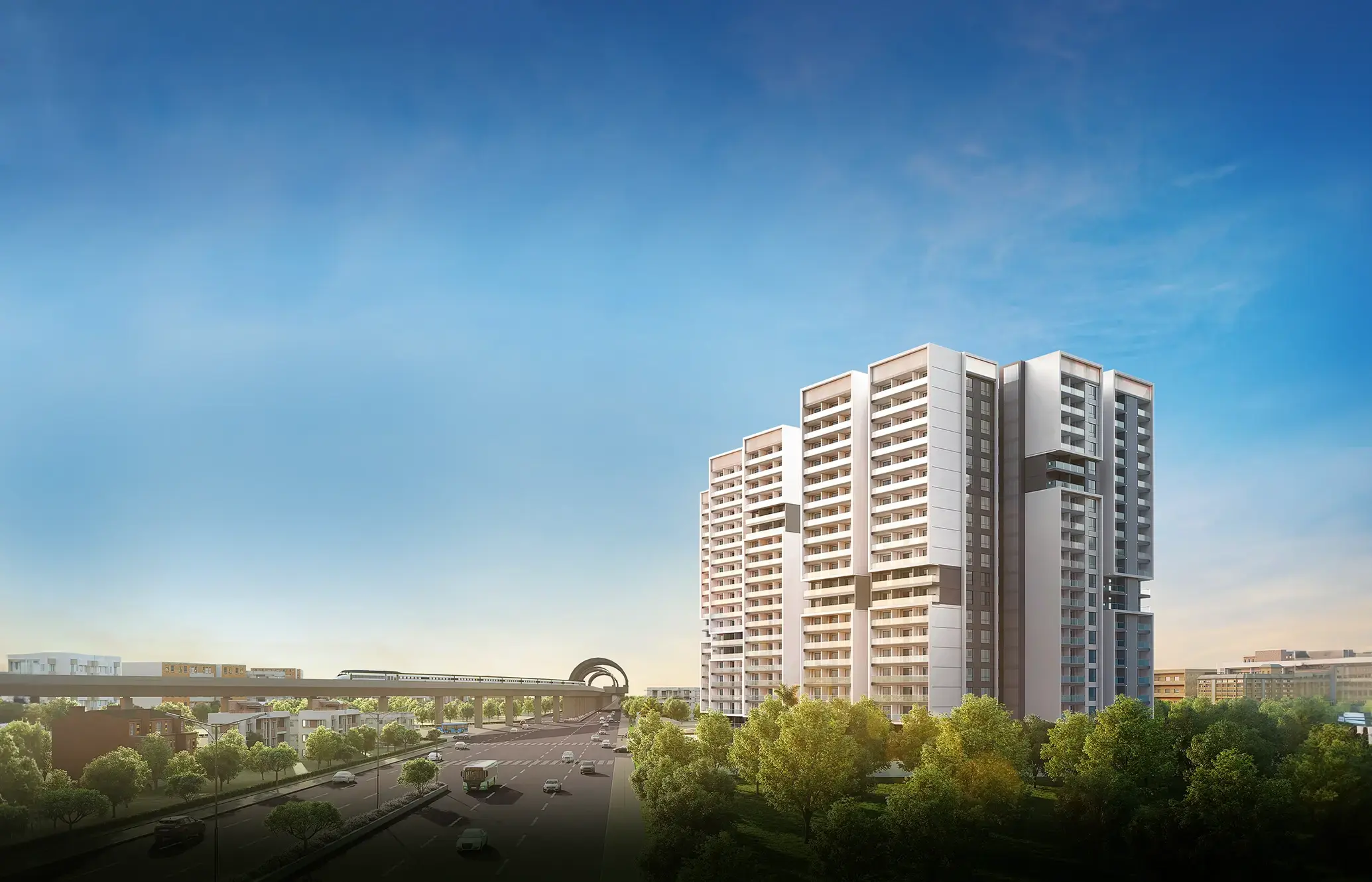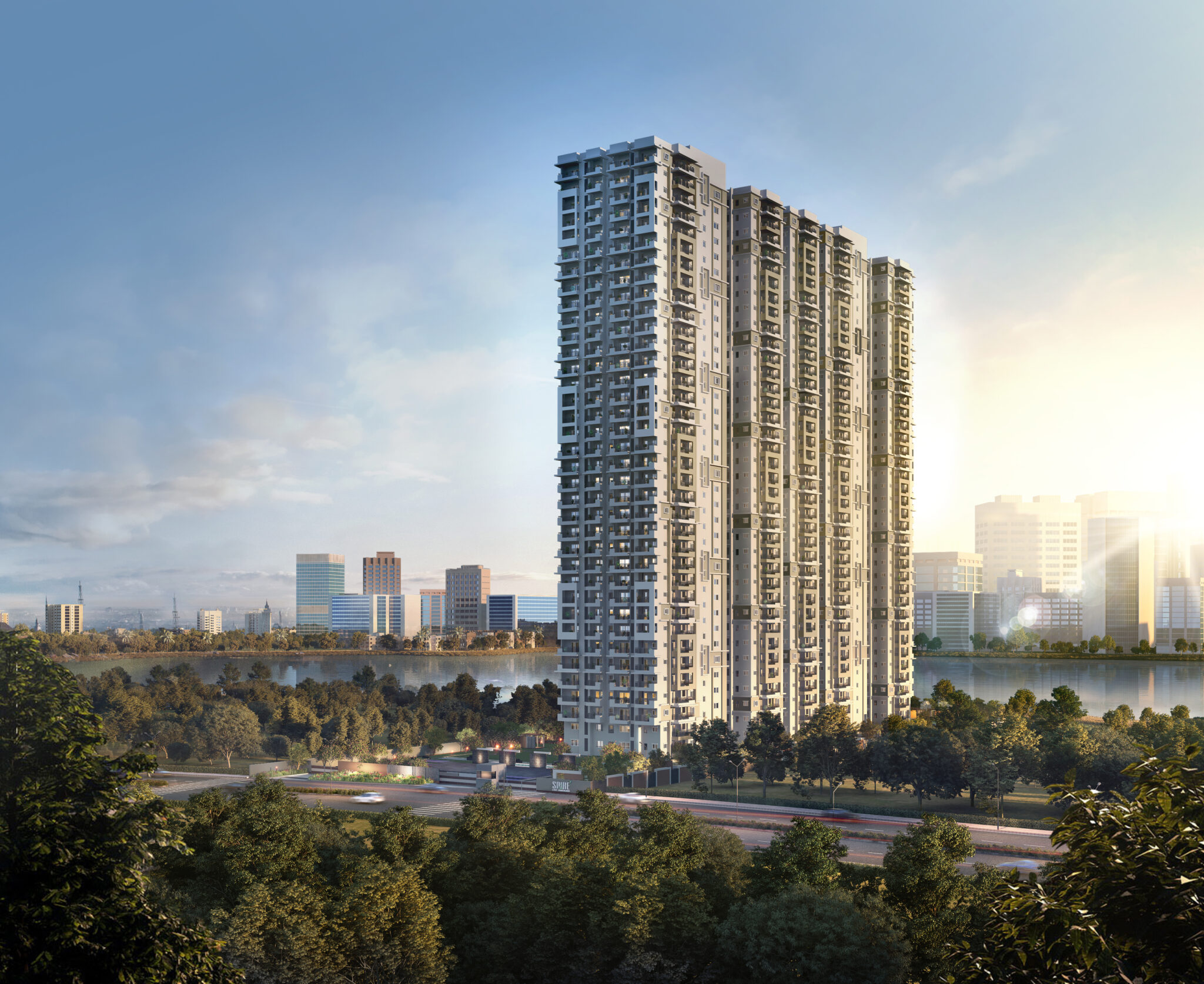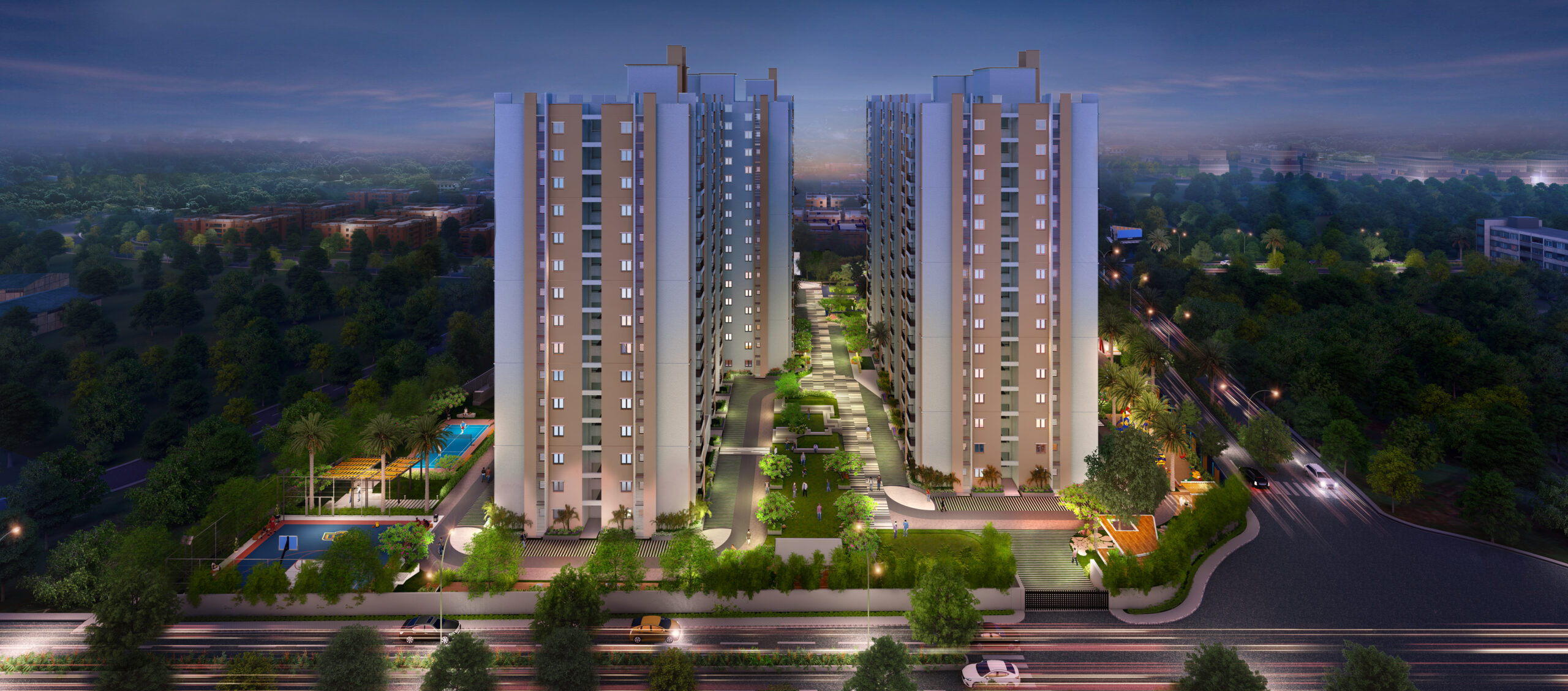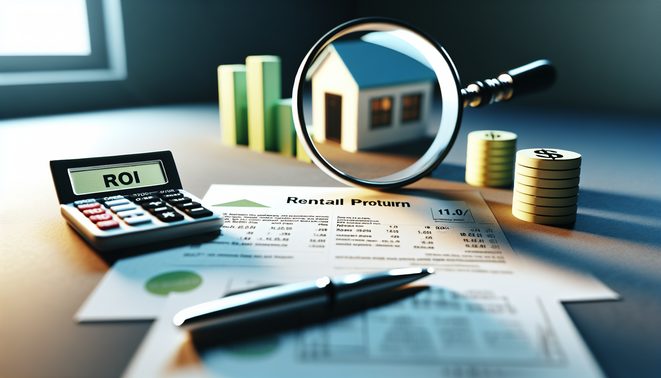RERA and Society Handover: Everything You Need to Know
Understanding the Society Handover Process
So, the society handover from builders to residents? Super important. It’s all about making sure folks have a smooth transition into their new homes. There are several key stages to this process, and navigating them isn’t just a walk in the park. You’ve got to know what you’re doing.
Key Phases of Society Handover
| Phases | Description |
|---|---|
| Initial Notice | Builders give residents a heads-up about the handover. |
| Inspection | Residents need to check the place for any quality issues. |
| Documentation | Gather and review all necessary legal stuff. |
| Handover Meeting | A formal meeting to exchange those all-important documents. |
| Common Area Transfer | Transfer ownership of shared spaces to the RWA. |
People should really get familiar with documents like the builder’s handover letter template PDF. It lays out everything about the transfer details. Key docs to keep an eye on include the completion certificate, occupancy certificate, and title deed info, find them in our handy document checklist.
Legal Requirements
Now, let’s talk about legal stuff. Knowing about the SOR (Society of Residents) and sticking to RERA rules is a must. RERA says builders need to provide key documents, think financial records and approvals, when handing over the property. This transparency helps protect homeowners from hidden liabilities. For more on RERA, check out this RERA Rules & Regulations.
Smooth Transition Strategies
To make this whole handover thing as smooth as butter, residents gotta prep. Start early with builders and create a detailed checklist. An organized approach is key; you can refer to the Handover and Takeover of Common Areas documentation to ensure everything’s covered.
By knowing the phases of the handover process, homeowners can successfully chart this crucial transition. Want to learn more? Check out our articles on capital gains tax reduction or builder credibility.
Forming the Residents’ Welfare Association (RWA)
Starting an RWA? Big deal! It’s all about managing community living effectively. Here’s a roadmap along with roles and responsibilities that highlights why this is so important.
Steps to Form an RWA
- Initial Meeting: Bring together those interested to talk about forming an RWA. Set up a committee to take charge.
- Drafting the Constitution: Create a constitution that states your objectives, governance, membership rules, and how you can make changes.
- Legal Registration: Get the RWA registered with local authorities to grab that legal recognition. You’ll need to submit a few documents, including the constitution.
- Formation of Committees: Create sub-committees (finance, events, maintenance) to tackle different tasks smoothly.
- Membership Enrollment: Invite residents to join. Making it mandatory helps manage the community better.
- Communication Channels: Set up ways to communicate—newsletters, social media groups, meetings—to keep everyone in the loop.
- Financial Management: Establish a solid system to collect and manage funds for maintenance and events.
- Conflict Resolution: Have a plan for how to deal with disputes amongst residents to keep the peace.
- Regular Meetings: Hold monthly or quarterly meetings to discuss ongoing projects, issues, and future goals.
- Annual General Meeting (AGM): At least once a year, have an AGM to go over finances, activities, and elect new members.
Roles and Responsibilities past Society Handover
| Role | Responsibilities |
|---|---|
| President | Chair the meetings, represent the RWA, oversee activities. |
| Secretary | Keep records, manage correspondence, organize meetings. |
| Treasurer | Handle the finances, prepare budgets, maintain financial records. |
| Committee Members | Work on specific tasks and report back to the RWA. |
Keeping RERA rules in mind during the society handover is essential. For more guidance, look at the Handover and Takeover of Common Areas.
Good communication among residents helps create a tight-knit community and better management of residential life. For a lowdown on legal documents needed during the handover, visit Essential Documents For Completing Builder To Society Handover.
To dive deeper into forming and managing an RWA, check these articles: Ensure a Smooth Handover and Complete Guide to RERA Rules & Regulations.
RERA Rules and Regulations
Understanding RERA regulations is key for builders and residents alike, especially when it comes to society handovers. Typically, when a builder steps away from a project, there’s a defined society formation process that hands property management over to the RWA.
Society Handover from Builder Legal Documents List
You can’t skip the legal documents; they’re vital for a smooth transition. Here’s what you need:
| Document Name | Purpose |
|---|---|
| Sale Deed | Confirms ownership transfer. |
| Occupancy Certificate (OC) | Ensures the building’s ready for living. |
| Completion Certificate (CC) | Certifies the building’s done. |
| Society Registration Certificate | Gives the RWA its legal standing. |
| Property Tax Receipts | Shows payment history to local authorities. |
| No Objection Certificate (NOC) from Builder | Confirms there’re no outstanding dues. |
For a better understanding of this, downloading the society handover from builder letter format PDF is a great choice.
Expected RERA Compliance
RERA has specific standards that builders must meet before handing over properties. The RERA Act emphasizes transparency in dealings, timely delivery, and fulfilling all promised amenities. Documentation like the “Builder’s Handover to the Housing Society” protects the rights of residents post-handover. For more details, peek at this RERA article.
Residents’ Protections
With RERA, residents have protections like the right to expect timely completions, upkeep of common areas, and the promised amenities. Knowing your rights is vital for compliance.
For in-depth info on documentation and legal frameworks, see essential guidelines in this guide on society handover documentation.
Need to get a handle on RERA regulations and ace the handover process? Check out our resources on OC and CC in real estate and the Indian Stamps and Registration Act.
Being aware of RERA standards helps residents safeguard their interests during the handover and formation processes.
Essential Legal Documents for Society Handover
Handover time from builder to resident? Super important. Having the right legal documents? Even more crucial. Here’s a quick list to make life easier during this transition.
| Document | Description |
|---|---|
| Building Completion Certificate | Issued by local authorities, confirming the building meets safety standards. |
| Occupancy Certificate | Validates that the building is up to snuff for residents. |
| List of Common Areas | Details shared spaces and amenities crucial for resident associations. |
| No Objection Certificates (NOCs) | Proves there are no legal issues with the property or its construction. |
| Title Deed | Legal proof of ownership and verifies the builder’s rights. |
| Society Registration Documents | Needed to register the RWA as required by law. |
| Builder’s Handover Letter | A formal letter confirming the transfer of responsibilities from the builder to the society. |
Making sure you have all the documents lined up is pivotal. For specific formats, check out the society handover from builder letter format PDF and the legal documents list available online.
And don’t forget to understand RERA regulations. You can dive into the RERA rules & regulations for more details. Plus, check resources on common area handovers for further insights.
For some internal references, take a look at our articles on IFMS in real estate and tax on rental income.
Crafting the Perfect Handover Letter
Creating a handover letter for a society transfer? It’s a formal communication link between builders and homeowners. Getting this right is critical for smooth sailing and meeting RERA standards. Here are key bits to include:
| Component | Description |
|---|---|
| Subject | Clearly state the purpose, like “Society Handover Letter.” |
| Date | Make sure to add the writing date for record-keeping. |
| Builder Information | List the builder’s name, address, and contact details. |
| Society Information | Provide society name, location, and key RWA members. |
| Details of Handover | Catalog all required documents and certificates, referencing checklists. [Source: Sila Group] |
| Legal Requirements | Reference applicable RERA regulations. [Source: MAHARERA] |
| Closing Statement | Ask for confirmation of the handover date and a sign-off. |
Need a template? Use the society handover from builder letter format PDF to shape your letter. Keep things formal and to the point. Remember to attach all the necessary legal documents from the list to avoid delays in getting approvals and signatures.
And hey, for a more in-depth guide on the handover process, stop by NoBrokerhood.
Want more insights on property handover details? Check out related articles on property documents and certification processes [here](https://asbl.in/blog/what-is-oc-and-cc-in-real-estate-your-essential-guide/).
FAQ
- What is the handover process? The handover process involves several key phases, including notifying residents, inspecting the property, gathering documentation, and transferring ownership to the Residents’ Welfare Association (RWA).
- What documents are needed for a smooth handover? Essential documents include Sale Deed, Occupancy Certificate, Completion Certificate, Society Registration Certificate, NOCs, and Builder’s Handover Letter.
- Why is forming an RWA important? An RWA is crucial for managing common spaces and ensuring smooth communication and operations within the community.
- How do RERA rules affect the handover? RERA regulations aim to provide transparency and protect the rights of residents during the handover process, mandating specific documentation and timelines.













